The prize for “first international visitors” goes to Christine’s wonderful parents, Linda and Dave, who came out this past weekend for a whirlwind trip to Panama City and the famous Canal. Just when I thought I’d go crazy without a functioning cell phone, too, Linda and Dave were there to deliver my Amazon order of a new Galaxy S8. This one won’t be going in salt water, ever.
Just like our first night in Panama City, we took them to the Del Prado 24 hour diner next to our apartment, and they enjoyed meeting their temporary “grandkitty” Arriba. Dave the handyman had even made her a little scratching post of her very own with high quality sisal rope. She took to it, and the grandparents, immediately. I’m sure she enjoyed smelling the curious smells of her older brothers, Bert and Po, all over everything that was brought into her house. Christine and I both got sick from our Santa Catalina trip last week (the previous blog post covers the pounding rain which may have contributed) so we tried our absolute best not to sneeze on our visitors.
Friday, we took them into Casco Viejo for a look at the ‘trendy’ parts of PC. Hotel Tantalo, where we’d had a great dinner a couple weeks ago, and just wandered through some small fruit and vegetable markets. An interesting aspect of Casco is that you can see the faded glory of the European architecture (since it was the Spanish who had controlled Panama for 300 years, long before the USA and their canal) now crumbling into dust in the moist, rainy climate. Nowhere is this more apparent than in the old city; so many beautiful apartments and edifices that now are filled with weeds and even trees inside of them.
Saturday was the Canal Tour, something David and I had been looking forward to. We took a tour bus up to Gamboa, where we had done the Pipeline Hike a few weeks before, and boarded the Pacific Queen tour ferry to take us south, descending slowly through three locks to reach the Pacific Ocean. This is called a “half canal tour” – we would not be experiencing the “rising” water in the locks from the Atlantic, up to the high point in the water.
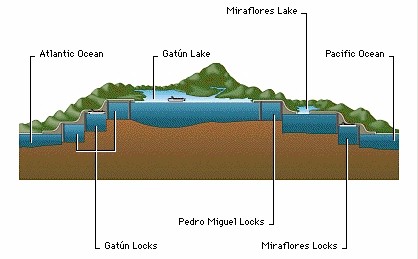
We entered right around the little blue tail of river you see connecting in. Photo courtesy of BrightHubEngineering.com
The trip was relaxing and informative. Our Panamanian narrator, Gus, spoke English easily and fluently, and was receptive my (many) questions between his speeches in Spanish, then English, then turning over the mic to a pretty blonde German woman who repeated everything again in Deutsch. There was a nice breeze, and plenty of shade onboard (and air conditioned interior cabins with a bar, but we never bothered to go in there – we all stayed on the top-most deck the entire time to watch the shores go by).
We went through three locks – Miguelito, Miraflores, and then the third one which while technically a separate third lock on its own, was only a couple hundred meters from Miraflores. Each one took about 20-30 minutes from start to finish, but much of that was taken up by waiting for a giant container ship behind us, the Resolute Bay, to get into position in the lock behind us each time. The Pacific Queen “tied up” with simple ropes onto moorings at the front of the lock, and the Resolute Bay was dragged forward on taut lines, carried by electronic train cars called “mules” (flesh and blood mules were used on the Eerie Canal, but never in Panama…the name was applied anyway!) that moved quietly and smoothly forward with taut lines held on the port and starboard sides of the giant container, making sure that it would be held exactly in the middle of the lock and not scrape against the hundred-year old sides.
The crazy thing is how well this was engineered a century ago. All the lock’s gates are hollow and lightweight, so each one of the 20-30 foot tall behemoths only need a tiny little 25-horsepower motor to move them. The gates have no rubber gaskets at their joining; using only the massive water pressure behind them to hold them tightly closed. The mules themselves have been replaced twice over the century, with newer and more efficient models, but they’ve always been little electric train cars, running on a track. All and all, I was quite impressed.
I thought the Canal might be more valuable economically to the country then it actually seems to be. Gus estimated the money it brings through fees to be between $1.5-2 billion USD per year, but according to Wikipedia, Panama’s GDP is somewhere in the range of $55 billion. Since it only costs $600 million a year to run the thing, it’s definitely a solid moneymaker, but at only 1% of the GDP…it doesn’t seem as important as I assumed it would be.
Gus pointed out that each full transit of a ship or ships through the six locks of the Canal, in either direction, costs Panama 26 million gallons of freshwater from Lake Gatun, which sits on top of the “pyramid” of locks – 3 to its north and 3 to its south. We watched the final lock open and flush the freshwater into the Atlantic water. Several dozen expectant seabirds wheeled above; Gus explained that the freshwater fish shot out of the ‘cannon’ of the final lock would be stunned or killed by the lock opening, and wouldn’t last long in salt water anyway. Nothing is wasted for the hungry birds!
Later that night, we went to a Jazz show in Casco and had a few bottles of wine. The singer was pretty good, but the pianist was incredible. The next day, Sunday, was Christine’s birthday and so to celebrate, Christine’s mom said “what would you like to do to today” to which Christine replied “teach you how to play Mario Kart with him” – both her parents were down for it. David actually did pretty well, in fact.
Afterwards, we took them to the Parque Metropolitano that was Christine’s and my first hiking excursion last month. Just like last time, it rained – but unlike last time, only for 15 minutes, and we didn’t get caught in the downpour. A park ranger pointed out a sloth to us, high up in the trees next to the visitor center, and thanks to Christine bringing her binoculars along, we each got to take a peek at it.
Monday morning, we called David and Linda an Uber to the airport, and said our goodbyes. It was a short little visit, but it was very welcome.
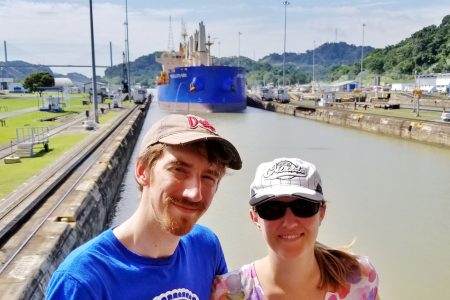
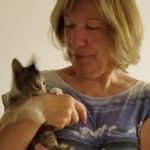
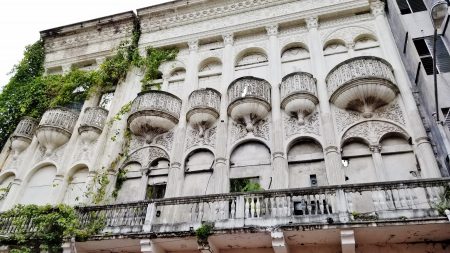
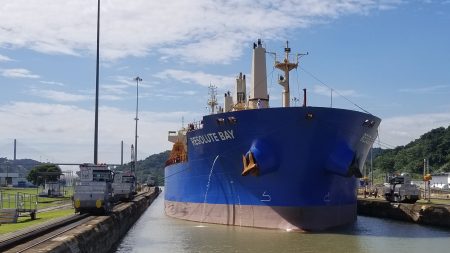
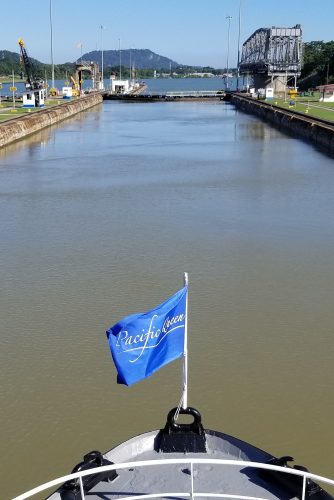
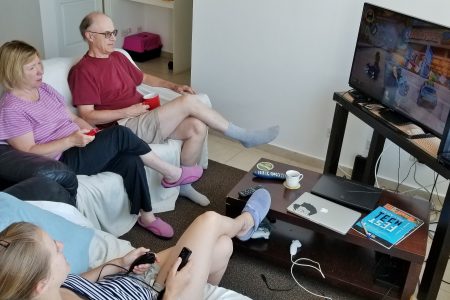
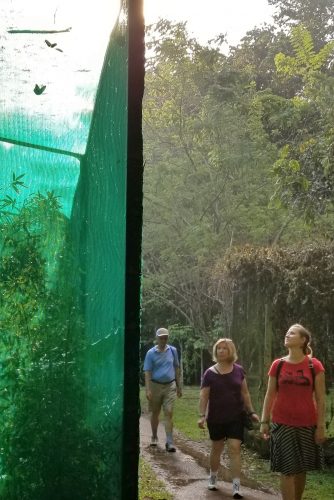
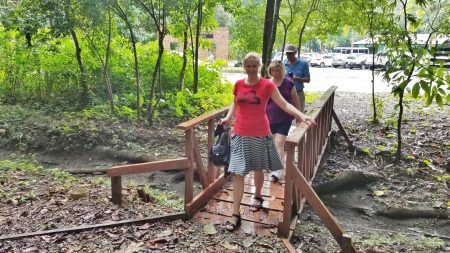


No sloth pictures?
Sadly, none of us had real cameras with real zoom lenses. The sloths would have been nothing more than greyish/brown smudges far off in the trees.